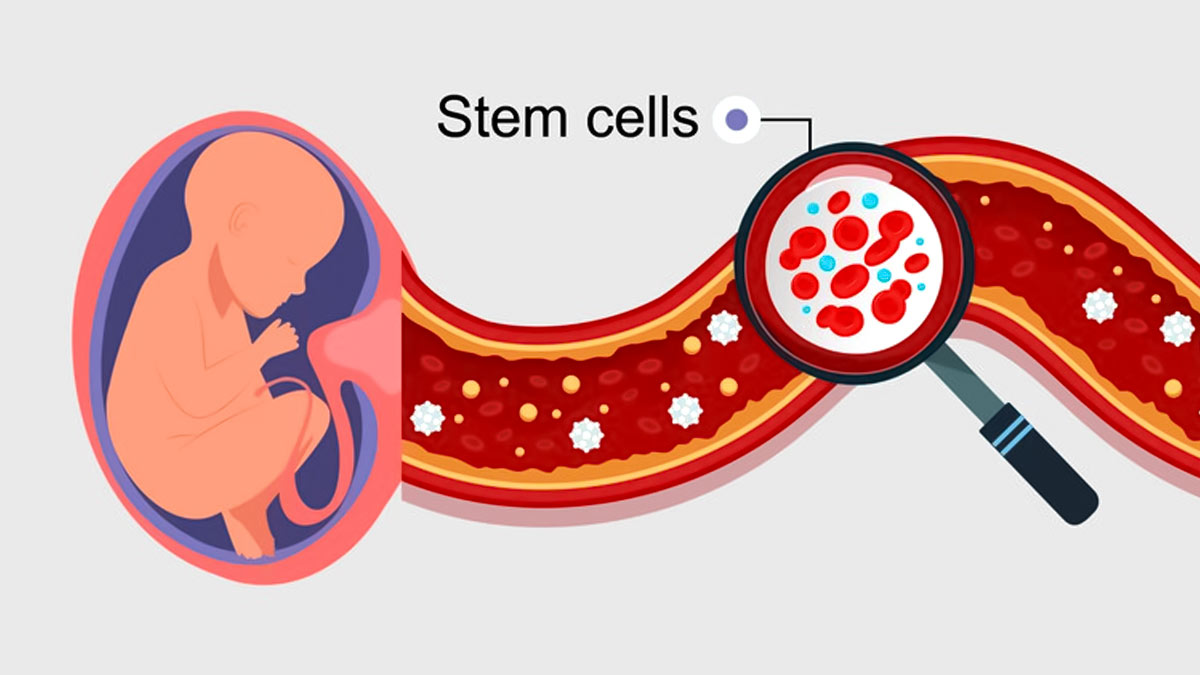The field of regenerative medicine has seen remarkable advancements in recent years, and one of the most promising aspects of this research is the use of stem cells. Stem cells, being undifferentiated cells, have the unique ability to transform into distinct specialised cell types within the body, contributing to the formation and repair of various tissues and organs.
Their remarkable regenerative potential has opened new horizons for treating a wide range of medical conditions and injuries that were once considered incurable. Dr Nithya Srinivasan, Medical Director, Cord Blood Division, LifeCell International explores the role of stem cells in regenerative medicine, their potential therapies, and the ground-breaking treatments they offer.
Understanding Stem Cells
"Stem cells are a unique and versatile type of cells that play a crucial role in the development, growth, and repair of our body. These unique cells have the remarkable ability to differentiate into specialised cell types, such as nerve, muscle or blood cells, making them a potential source for regenerative medicine and various therapies," said Dr Srinivasan.
She said that there are various types of regenerative stem cells, such as embryonic stem cells, adult stem cells, and induced pluripotent stem cells.
Also Read: Know Myths and Facts Related to Stem Cell Therapy
Embryonic Stem Cells
"These cells originate from the inner cell mass of early-stage embryos known as blastocysts and can differentiate into any cell type within the human body," explained the doctor.
Umbilical Cord Blood Stem Cells

Dr Srinivasan said that these cells are found in the blood of a newborn’s umbilical cord. Obtained at the time of birth from the umbilical cord and placenta, this blood is rich in hematopoietic (involved in the formation of blood cells) and mesenchymal stem cells, which have the ability to differentiate into blood, bone, cartilage, fat and other tissues.
"This makes cord blood stem cells particularly ideal for treating numerous medical conditions, such as blood, immune and genetic disorders, through regenerative therapies," said Dr Srinivasan.
The use of stem cells derived from cord blood in transplantation has also been shown to Decrease Graft versus Host Disease (GvHD) in patients, as per a study published in Oxford Academic's Stem Cell Transplant Medicine.
Adult Stem Cells
"These are undifferentiated cells found in various tissues and organs, capable of generating various specialised cell types within their respective tissue," said Dr Srinivasan.
She said that these cells can be obtained from sources like bone marrow or fat deposits, and are used for treating conditions, such as leukaemia and lymphoma. However, adult stem cells can only differentiate into cell types of the organ or tissue they originate in, which limits their potential for widespread use in regenerative medicine.
Induced Pluripotent Stem Cells
"These cells are created by inducing adult somatic cells to an embryonic stem cell-like state, through genetic manipulation. However, these cells are used primarily for medical research, while their long-term efficacy and safety in regenerative medicine still need to be properly investigated," stated the doctor.
Stem Cells in Regeneration: Potential Therapies and Treatments
"Stem cell-based therapies encompass treatments for diseases or medical conditions that utilise viable human stem cells for both autologous (cell therapy using a patient’s cells) and allogeneic therapies (cell therapy using one or more donors). However, the kind of stem cells that can be used to develop treatments are somewhat limited," said the doctor.
Citing an example, she said that the use of embryonic stem cells raises many ethical questions, as the process involves the destruction of embryos. "Adult and induced pluripotent stem cells also have efficacy and safety limitations, making them less suitable for reliable and effective treatment," she added.
Also Read: What Diseases Can Be Cured With Stem Cells? Let’s Find Out
"Cord blood stem cells, on the other hand, are derived from tissues that would otherwise be discarded after birth, and are also capable of differentiating into a greater variety of cells. This makes them ideal for use in regenerative medicine," suggested Dr Srinivasan.
"Stem cell banking plays a crucial role in leveraging these capabilities. This process involves collecting and preserving stem cells from umbilical cord blood after birth, storing them for potential therapeutic applications in the future," she explained.
According to her, cord blood stem cells show significant promise in treating specific blood disorders and immune system deficiencies, such as:
- Inherited blood disorders: Aplastic anaemia, sickle cell disease, acute myelofibrosis, and Diamond-Blackfan Anaemia (DBA).
- Inherited immune disorders: Immune dysregulation, Evans Syndrome, Omenn's syndrome, Severe Combined Immunodeficiency, etc.
- Inherited errors in metabolism: Holds promise in treating diseases, such as Krabbe disease, Gaucher disease, Hunter syndrome, and Sandhoff disease.
- Blood cancers: Leukaemia, Lymphoma, and various types of anaemia.
- Other conditions: Autism, cerebral palsy, spinal cord injury, Parkinson’s disease, lupus, Crohn’s disease, rheumatoid arthritis, diabetes type 1 and 2, lysosomal storage disease, and Human Immunodeficiency Viruses (HIV).
Conclusion
Stem cells represent a ground-breaking advancement in regenerative medicine, offering hope for a future where previously untreatable conditions can be effectively managed or even cured. The versatility of stem cells, combined with ongoing research and ethical considerations, will shape the landscape of medicine in the coming years.
[Disclaimer: This article is for informational purposes only. Consult your healthcare provider to get a thorough diagnosis and treatment as per your health needs.]
Image Credits: freepik